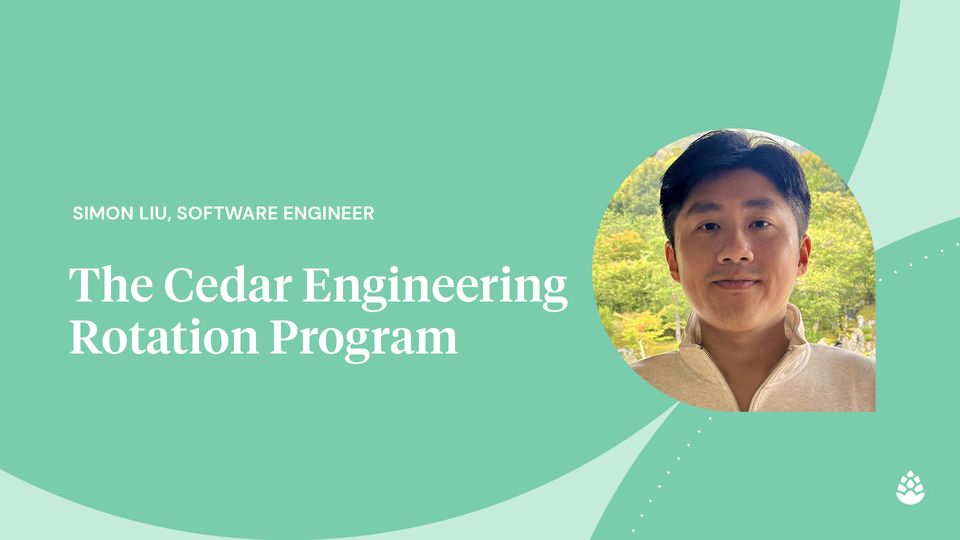In a recent feature on how independent contributors face and overcome challenges when making the move to engineering management, Built In NYC spoke with recently promoted engineering managers about how they'd navigated the change. Cedar's own Hanna Feibus offered her own advice for those who find themselves in a similar position today.
What was the single biggest challenge you faced during the transition from individual contributor to engineering manager, and why?
Prioritizing tasks as an engineering manager (EM) requires a completely different mindset from that of an individual contributor. When an individual contributor is faced with hours of uninterrupted “maker” time, they can pick up the ticket at the top of their JIRA board and get to hacking, architecting, debugging, etc. At the beginning of the sprint, they considered dependencies and worked with their product manager to determine priority.
For an EM, not only is uninterrupted heads-down time rare, but it’s also not obvious what to do in those 30-minute blocks between meetings. An EM’s goals are more big picture, with longer timelines to measure success. These goals don’t break down into discrete tasks as easily as a JIRA epic could be broken down into individual tickets.
How did you overcome this challenge, and how has it shaped your approach to management?
My manager and mentors have helped me define the purpose of my role: I need to look for unspoken issues that can be improved and anticipate issues that will develop in the future. For anything unaddressed that might currently be going on, I invest in feedback from the engineers, product managers, designers, data analysts, etc., on my team. We have a strong feedback culture at Cedar, so people are usually very open to discussing opportunities for the team to improve. Often, my teammates are eager to own the ideas they have for making things better, so it is my job to enable and empower those individuals to create the change and provide support when needed.
Anticipating future problems is a bit trickier. I spend a lot of time making sure I have a clear view of our long-term product roadmap and backlog, reconciling that with the current engineering capacity and each engineer’s individual growth plan. I work with each engineer on my team to explicitly call out future projects that they will want to work on or own, and include that in their professional development plans. From there, I identify and plan for the support that individual will need in order to be successful.
What’s the most important piece of advice you’d give to someone who is transitioning into their first engineering manager role?
If you are just transitioning into an engineering manager role, chances are you are coming from a technical leadership role for projects where you may still be a critical subject matter expert. Ask yourself: What are the things on the team for which you are still critical? Can you get the team to a point where you can go away for two to three weeks and things will still run smoothly? You will likely need to move some of your old responsibilities over to the tech leads. This is often a great growth opportunity for technical leaders on your team to step into the role you were in as a project lead and a great first coaching opportunity for you to help get them up to speed.
To read the full feature, click here.





